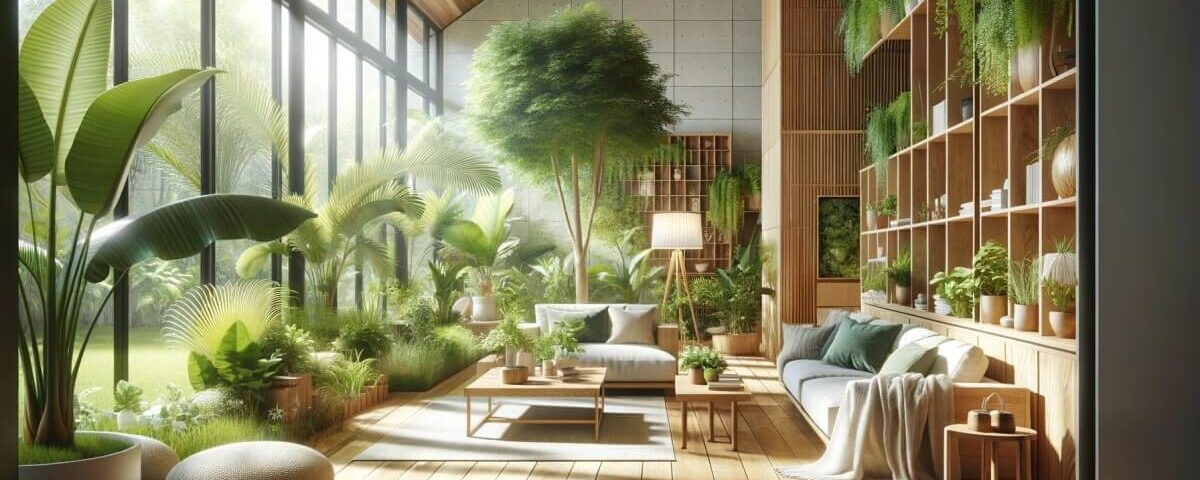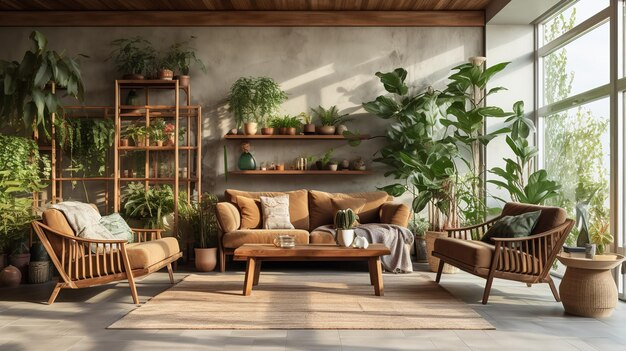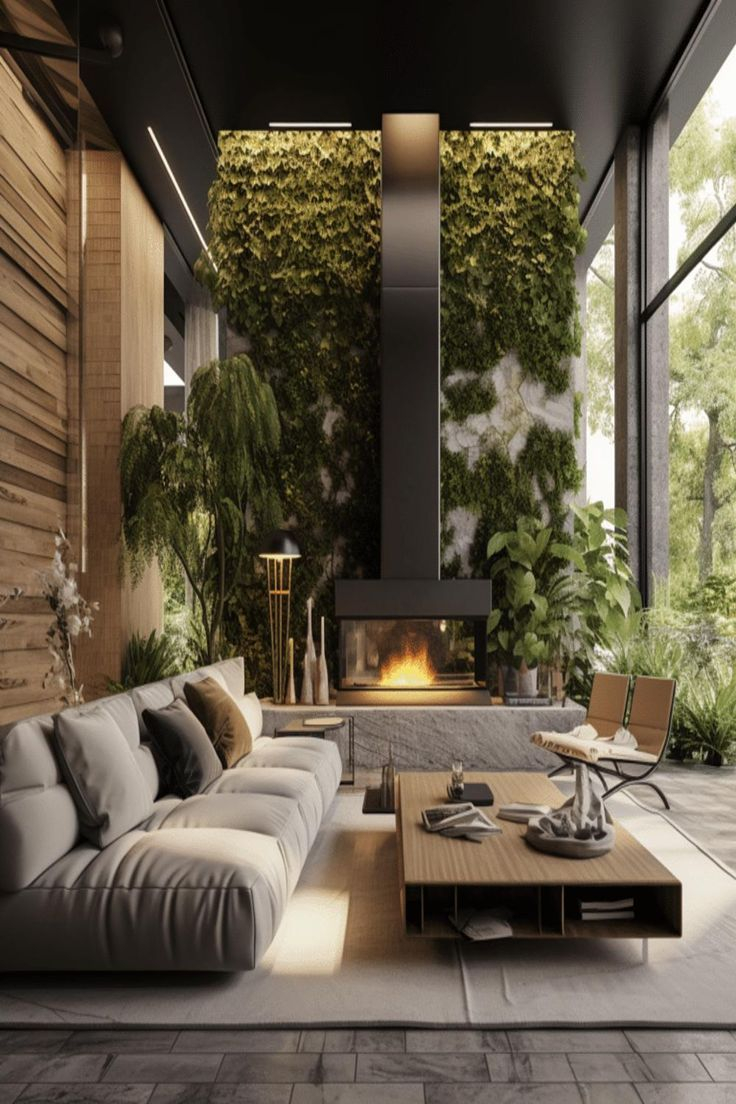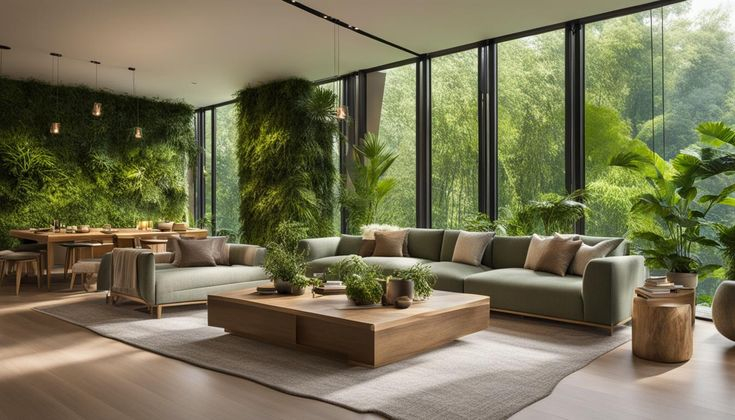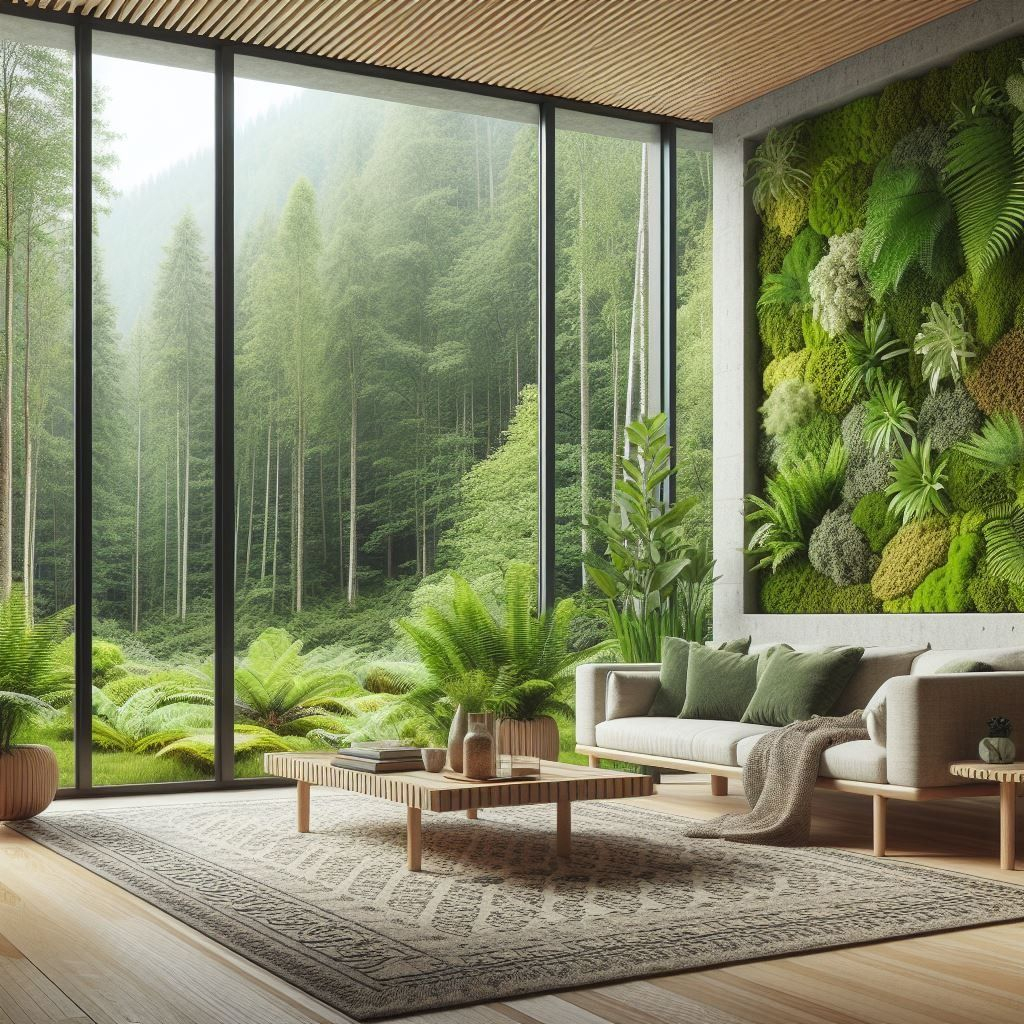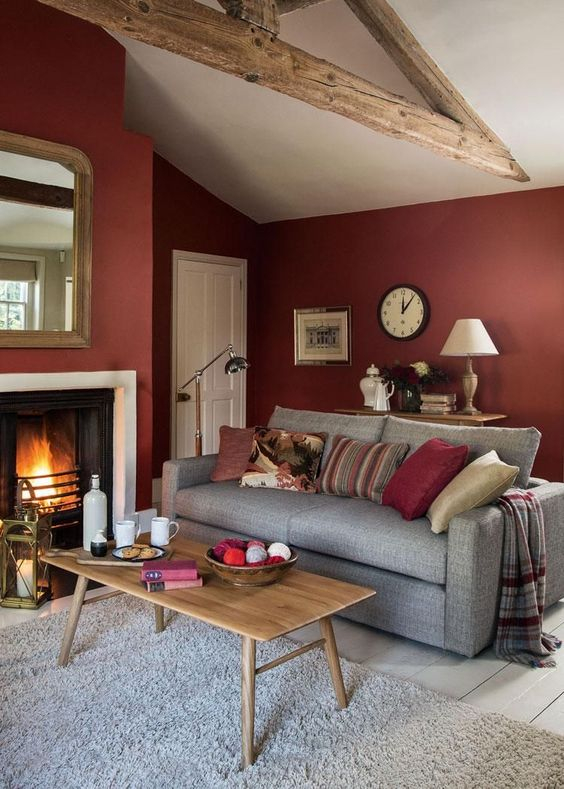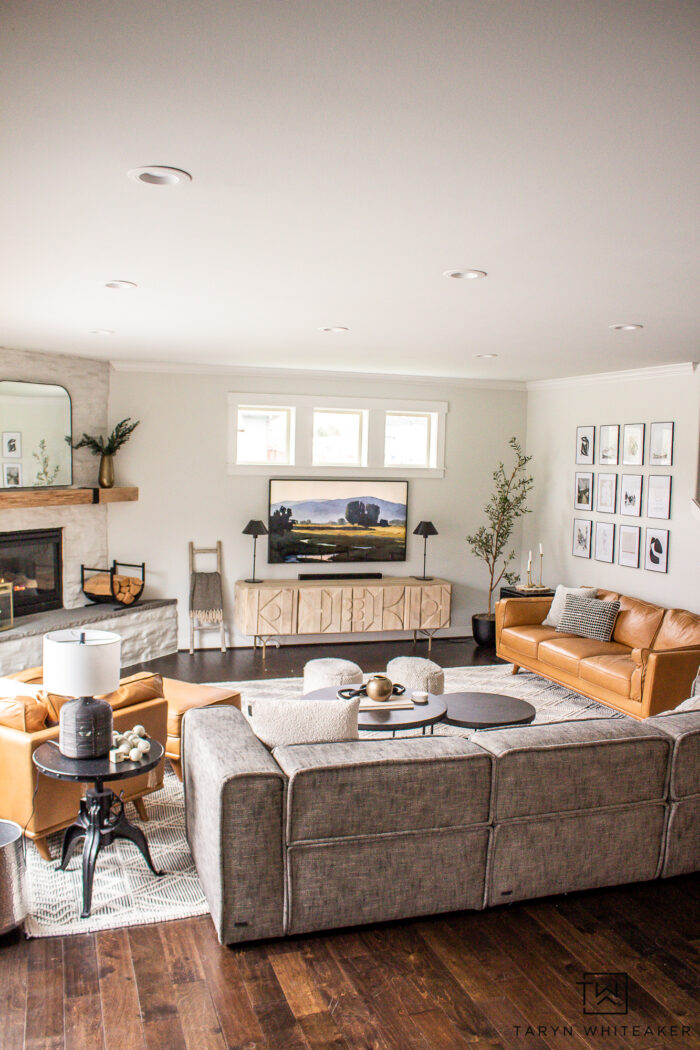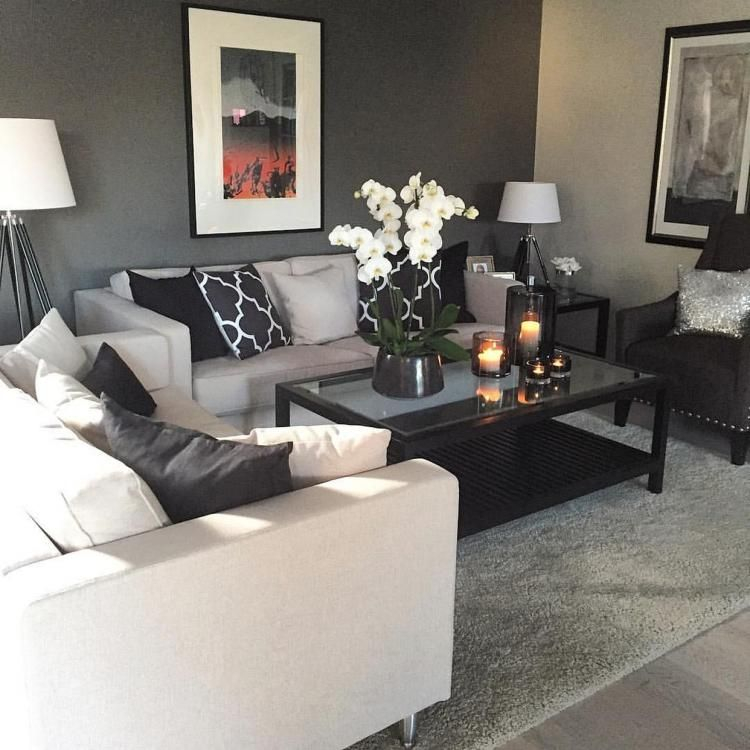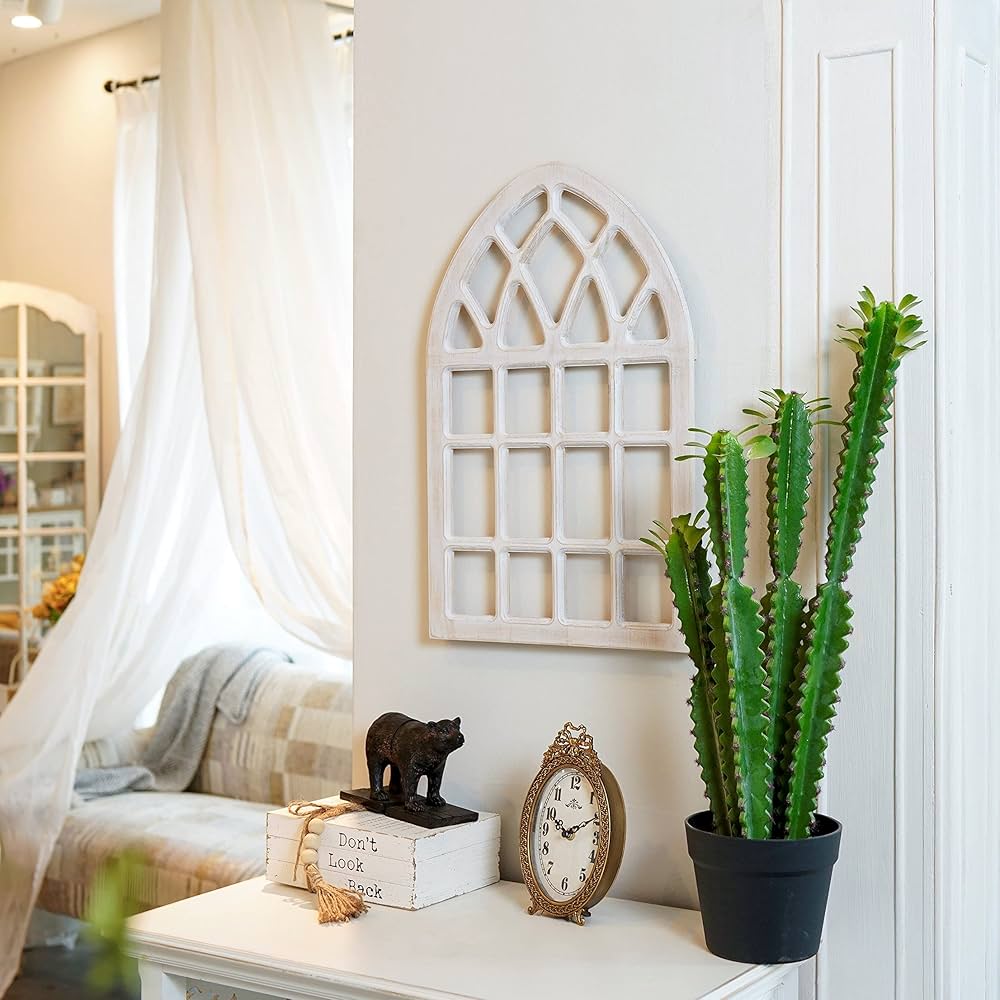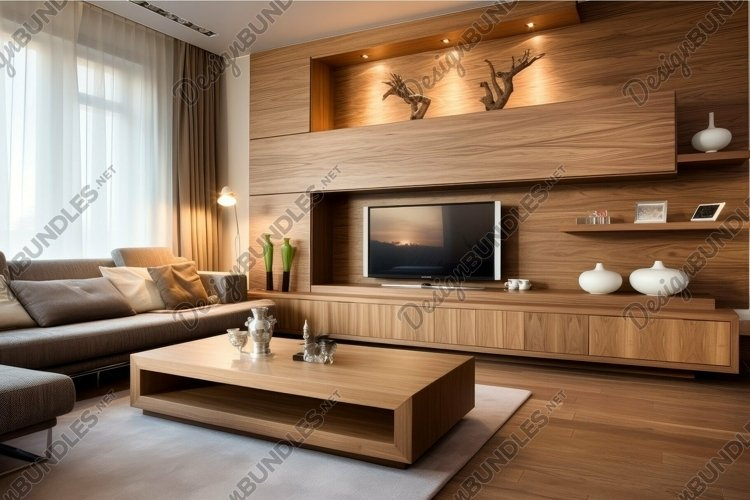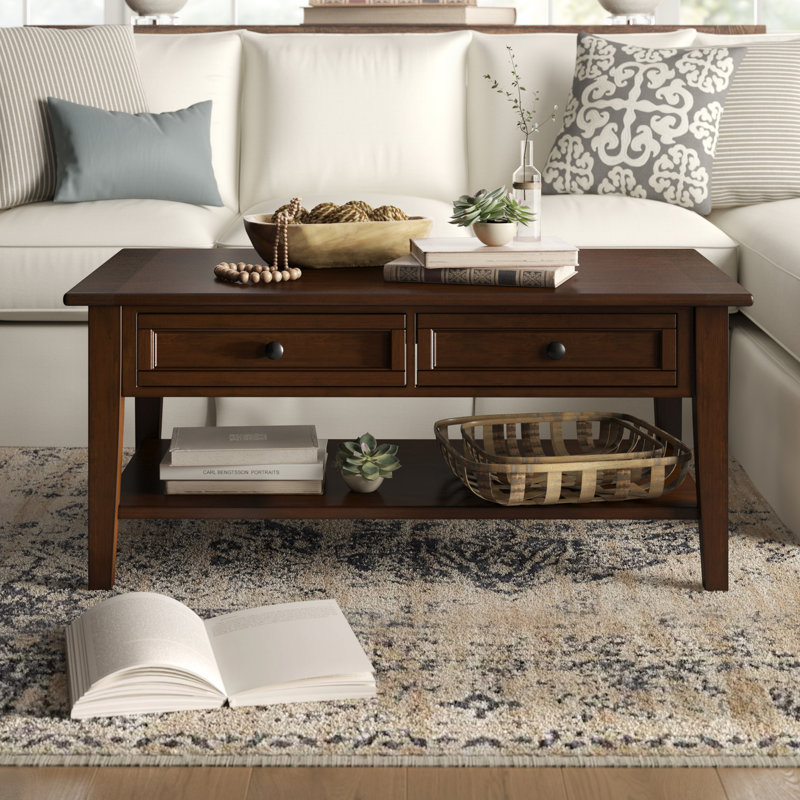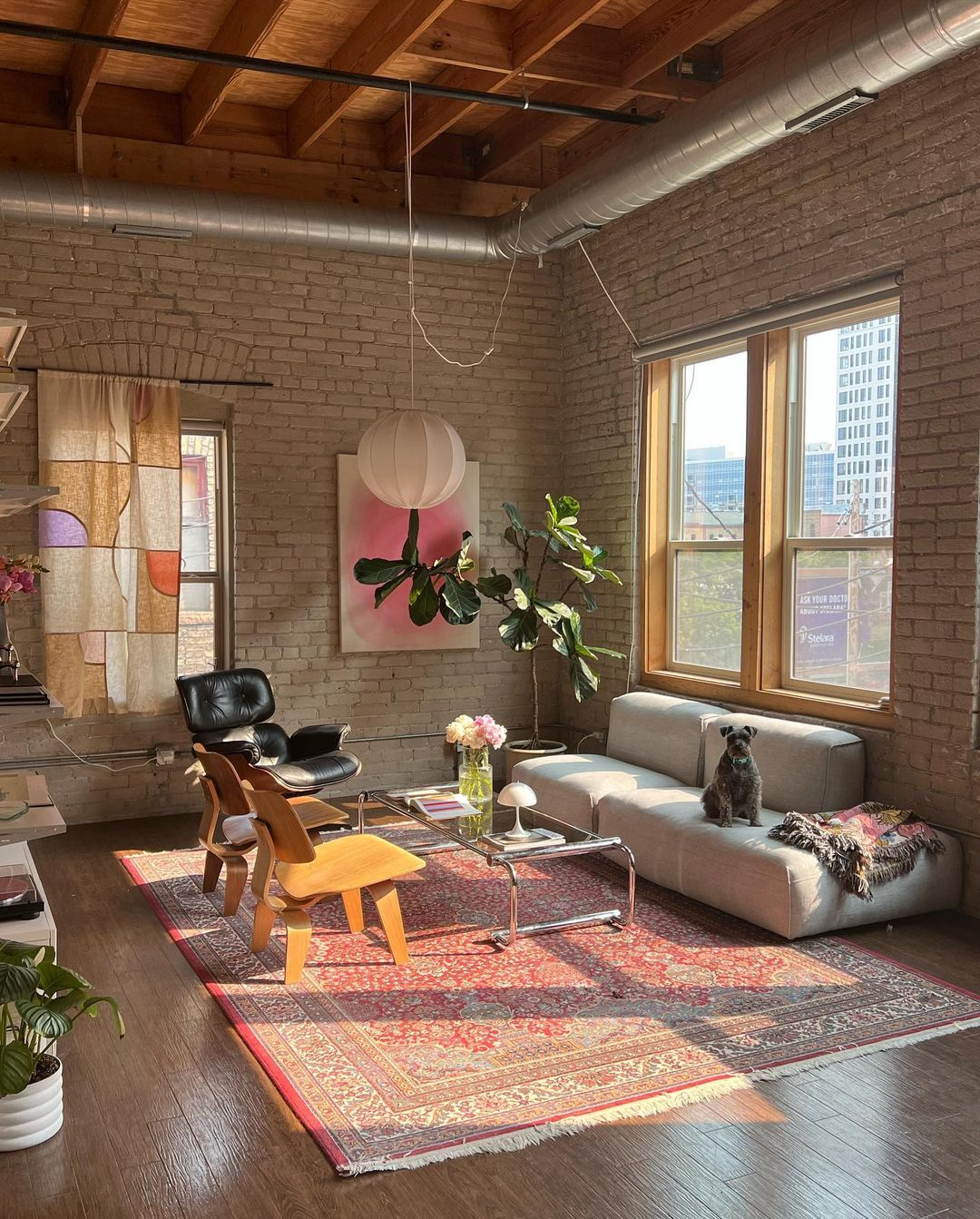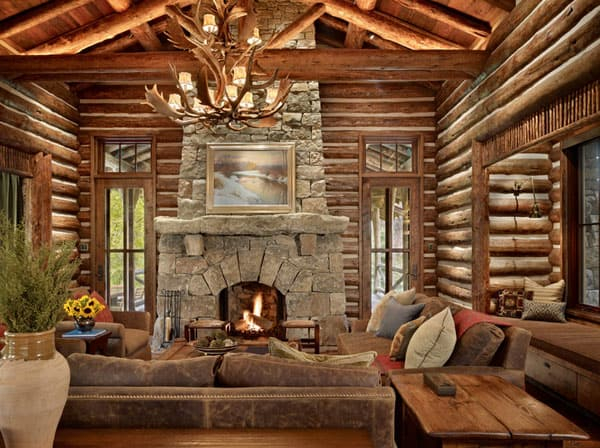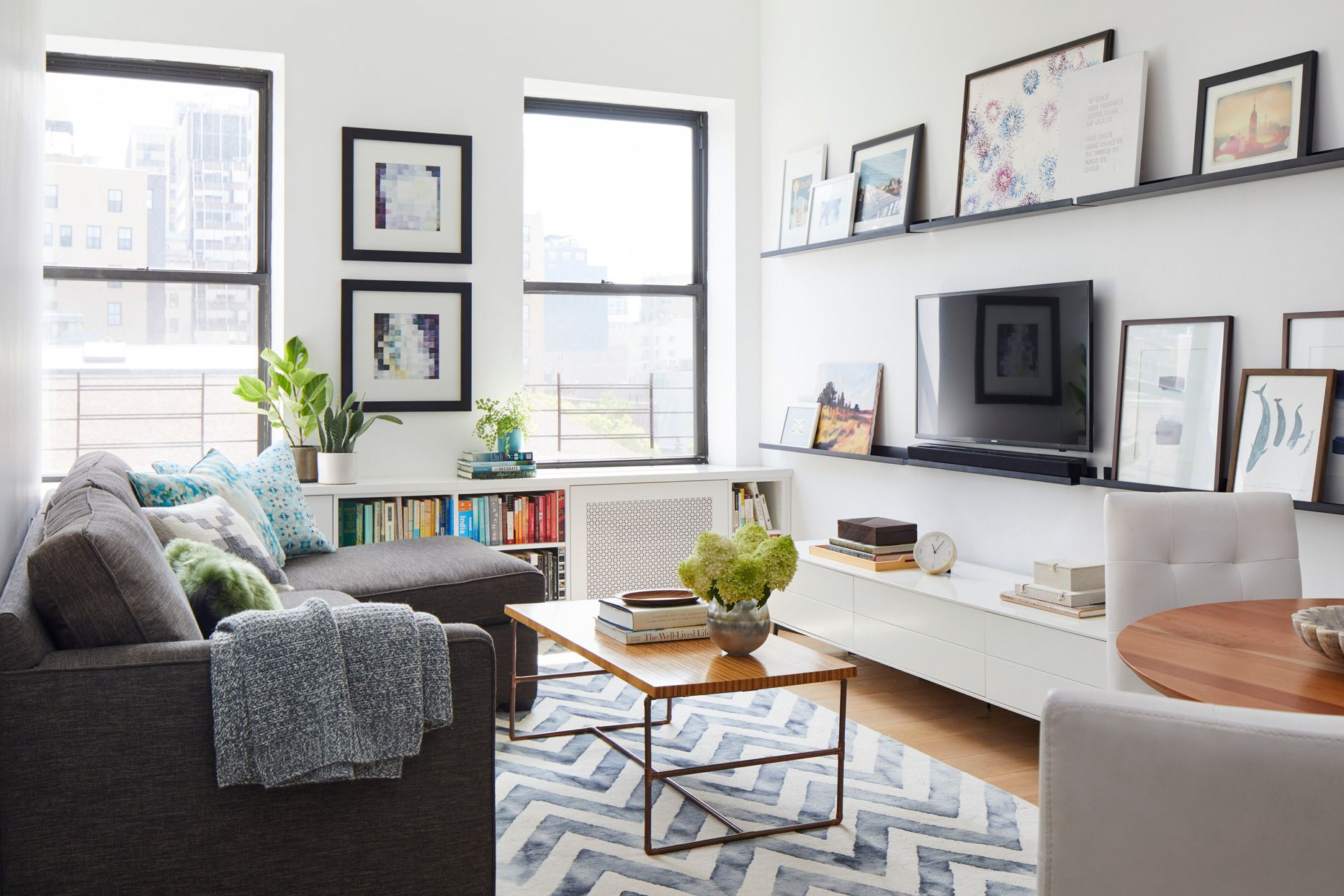Ever feel a bit drained after a long day indoors? You’re not alone. We spend so much time within four walls, it’s easy to forget how much we actually need the natural world. But what if you could bring the calming, energizing essence of the outdoors right into your home? That’s precisely what biophilic living is all about. It’s not just about having a few houseplants; it’s a deeper connection, a mindful way of designing our spaces to nurture our innate love for nature. Let’s dive into how you can transform your living environment into a sanctuary that supports your health and happiness.
Biophilia, a term coined by psychoanalyst Erich Fromm and popularized by biologist E.O. Wilson, suggests that humans possess an inherent tendency to seek connections with nature and other forms of life. Biophilic design takes this concept and applies it to the built environment. It’s about creating spaces that mimic the experiences we’d have in nature, using natural materials, patterns, and light to foster a sense of well-being. Think of it as an architectural and interior design approach that prioritizes our psychological and physiological health by bringing the outside in. It’s more than just aesthetics; it’s about creating environments that make us feel good, reduce stress, and boost our creativity. Isn’t that something we all crave?
The Undeniable Benefits of Living with Nature
The advantages of incorporating biophilic elements into your home are quite remarkable. Studies have shown that exposure to nature, even in small doses within a home setting, can lead to a significant reduction in stress hormones like cortisol. This can translate to lower blood pressure and a calmer nervous system. Beyond stress relief, biophilic spaces have been linked to improved cognitive function, including enhanced concentration and memory. Ever noticed how a walk in the park can clear your head? That same principle applies indoors. Furthermore, these environments can boost mood and even increase feelings of overall happiness and life satisfaction. It’s a powerful way to combat the ‘nature deficit disorder’ that many of us experience in our modern lives.
Key Elements of Biophilic Design
So, how do we actually do this? Biophilic design isn’t a one-size-fits-all solution, but there are several core principles you can embrace:
- Direct Nature: This is the most obvious – featuring plants, water elements like small fountains, or even aquariums. Think about maximizing natural light and ensuring views of the outdoors.
- Indirect Nature: This involves using natural materials like wood, stone, and natural fibers. It also includes incorporating natural colors and patterns that mimic those found in nature, like the fractal patterns you see in leaves or snowflakes.
- Space and Place: This relates to how we experience spaces, encouraging exploration and providing a sense of refuge. Think about varied spatial configurations, good airflow, and even the feeling of being sheltered while still connected to the broader environment.
- Light and Space: Maximizing natural light is crucial. Consider how light changes throughout the day and how to best capture it. Open-plan layouts can also contribute to a greater sense of spaciousness and connection.
- Natural Patterns and Processes: Incorporating elements that mimic natural rhythms and patterns, such as the changing seasons or the flow of water, can also be very impactful. This could be through artwork, textiles, or even the shape of furniture.
- Connection with Natural Systems: This refers to our awareness of natural processes, like the weather or the time of day. Large windows that allow you to see outside, or even a well-placed skylight, can help foster this connection.
Bringing Biophilia Home: Practical Tips
You don’t need a complete home renovation to embrace biophilic living. Here are some straightforward ways to start:
- Introduce More Plants: Start small with a few low-maintenance plants. A snake plant or a ZZ plant can thrive even with minimal light. Place them strategically near windows or on shelves. Consider a small indoor herb garden in your kitchen too. Imagine snipping fresh basil for your pasta – it’s a delightful sensory experience.
- Maximize Natural Light: Keep windows clean and unobstructed. Use sheer curtains that allow light to filter through rather than heavy drapes. Position furniture to take advantage of natural light for reading or working.
- Incorporate Natural Materials: Use wooden furniture, stone accents, or even woven baskets. A simple wooden side table or a wool rug can make a difference.
- Embrace Natural Colors and Textures: Paint walls in earthy tones like soft greens, blues, or warm beiges. Use natural fabrics like cotton, linen, and wool for upholstery and bedding. Think about the tactile sensation of these materials.
- Create Views: Even if your view isn’t spectacular, try to frame it. Clean your windows regularly. If you have a less-than-ideal view, use plants or art to create a more pleasing focal point.
- Add Water Features: A small tabletop fountain can add a soothing sound and visual element to a room. The gentle sound of trickling water is incredibly calming.
- Bring in Natural Scents: Use essential oil diffusers with scents like lavender, eucalyptus, or pine. Open windows to let in fresh air whenever possible. The aroma of nature can significantly impact your mood.
Biophilic Design Beyond the Living Room
This isn’t just for your main living areas. Think about your bedroom, your kitchen, and even your bathroom. In the bedroom, soft, natural textiles and a view of greenery (even from a balcony plant) can promote restful sleep. In the kitchen, an indoor herb garden makes cooking more engaging and brings a touch of vibrant life. Even a simple shower curtain with a nature-inspired print or a strategically placed plant can elevate your bathroom experience. Consider the entryway too; a welcoming plant or a natural wood bench can set a positive tone as soon as you enter your home. It’s about creating a holistic environment where nature’s benefits permeate every corner of your dwelling.
The Psychology Behind It: Why It Works
Our brains are wired to respond positively to nature. Evolutionary psychologists suggest that our ancestors spent millennia in natural environments, so our brains are still hardwired to find them appealing and safe. When we’re in spaces that mimic these natural settings, our stress response is lowered, and our mood is elevated. It taps into something fundamental within us. The presence of natural light influences our circadian rhythms, helping us sleep better and feel more alert during the day. The visual complexity of natural patterns can stimulate our minds in a way that artificial environments often fail to do. It’s a simple yet profound connection that can have a significant impact on our daily lives.
Common Misconceptions About Biophilic Design
One common misunderstanding is that biophilic design is only for wealthy people with large homes and gardens. This couldn’t be further from the truth. As we’ve discussed, even small, inexpensive changes can make a big difference. Another misconception is that it’s just about filling your home with plants. While plants are a vital component, biophilic design is a much broader concept encompassing light, materials, patterns, and views. It’s about creating a holistic connection with nature, not just a botanical collection. Finally, some people think it requires a lot of maintenance. While some plants do need care, there are many low-maintenance options, and other biophilic elements like natural materials and light don’t require upkeep at all. The goal is to create a sustainable and enjoyable connection.
Integrating biophilic principles into your living space is a journey, not a destination. It’s about making conscious choices that bring the restorative power of nature into your everyday life. Whether you add a single plant, open your curtains wider, or choose furniture made from natural wood, each step you take can contribute to a healthier, happier, and more harmonious home environment. So, go ahead, invite nature in. You might be surprised at how much better you feel. It’s a beautiful and beneficial way to live, connecting us back to the essential elements that sustain us.

